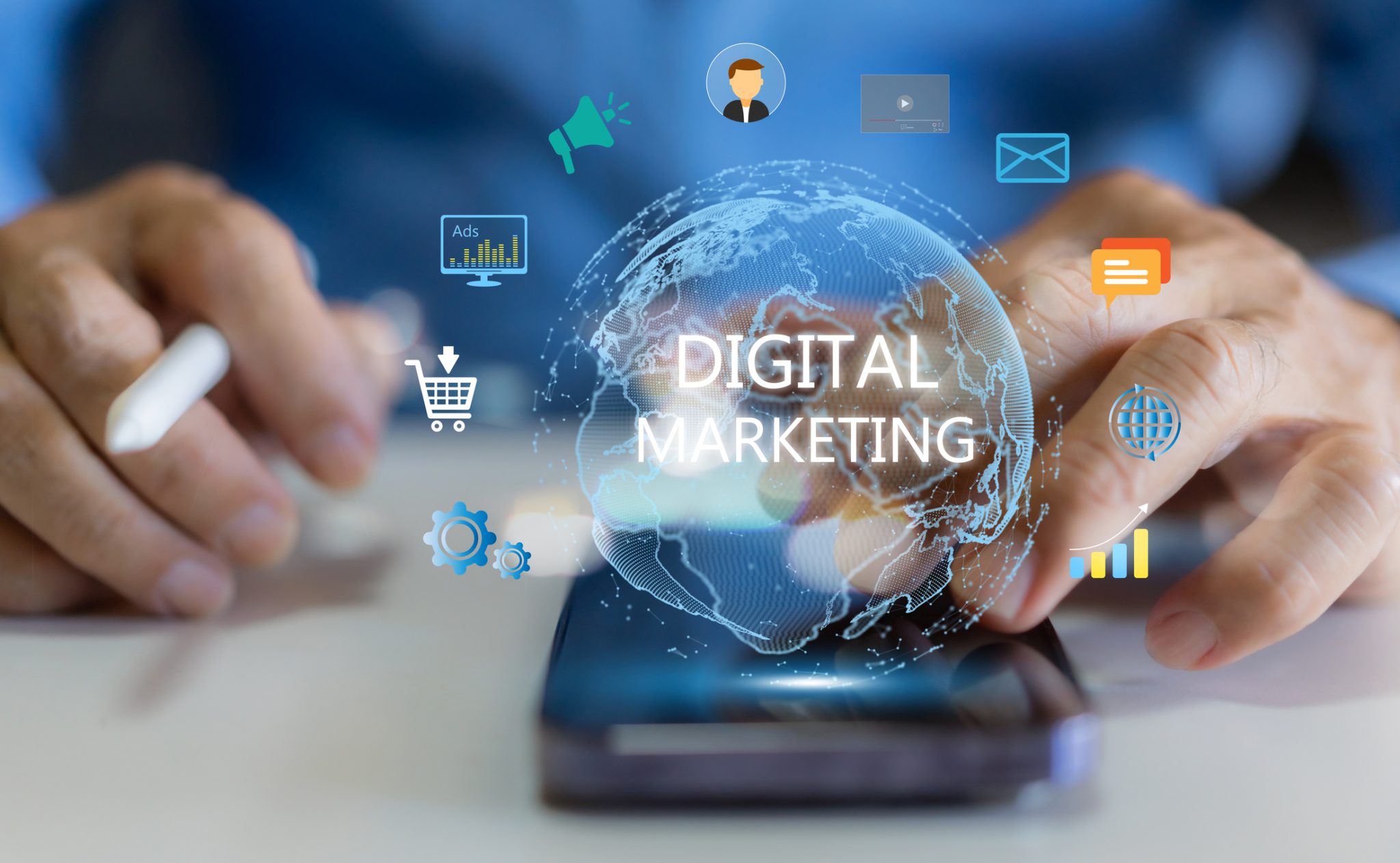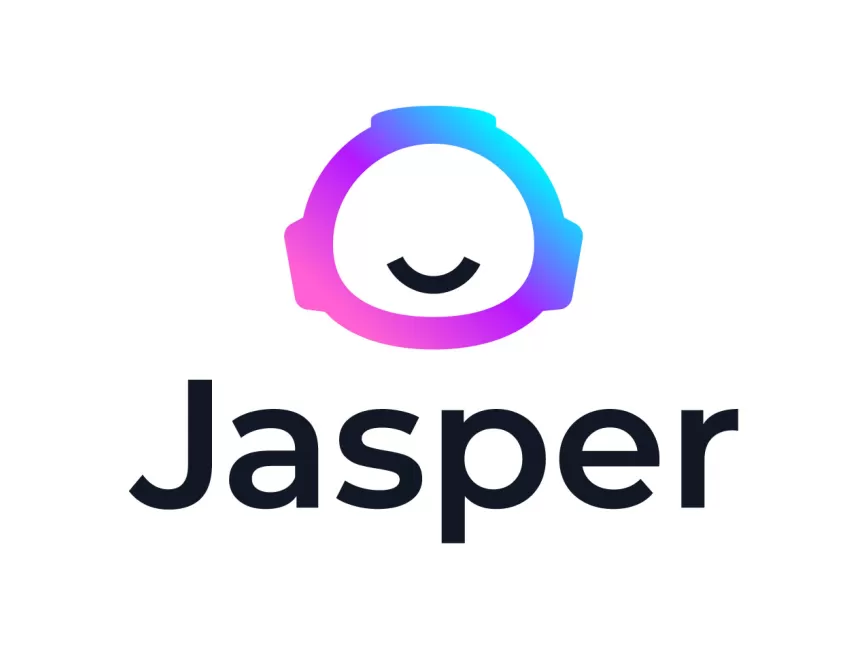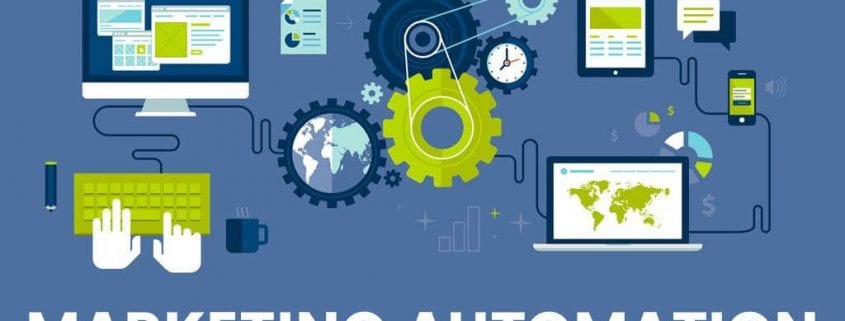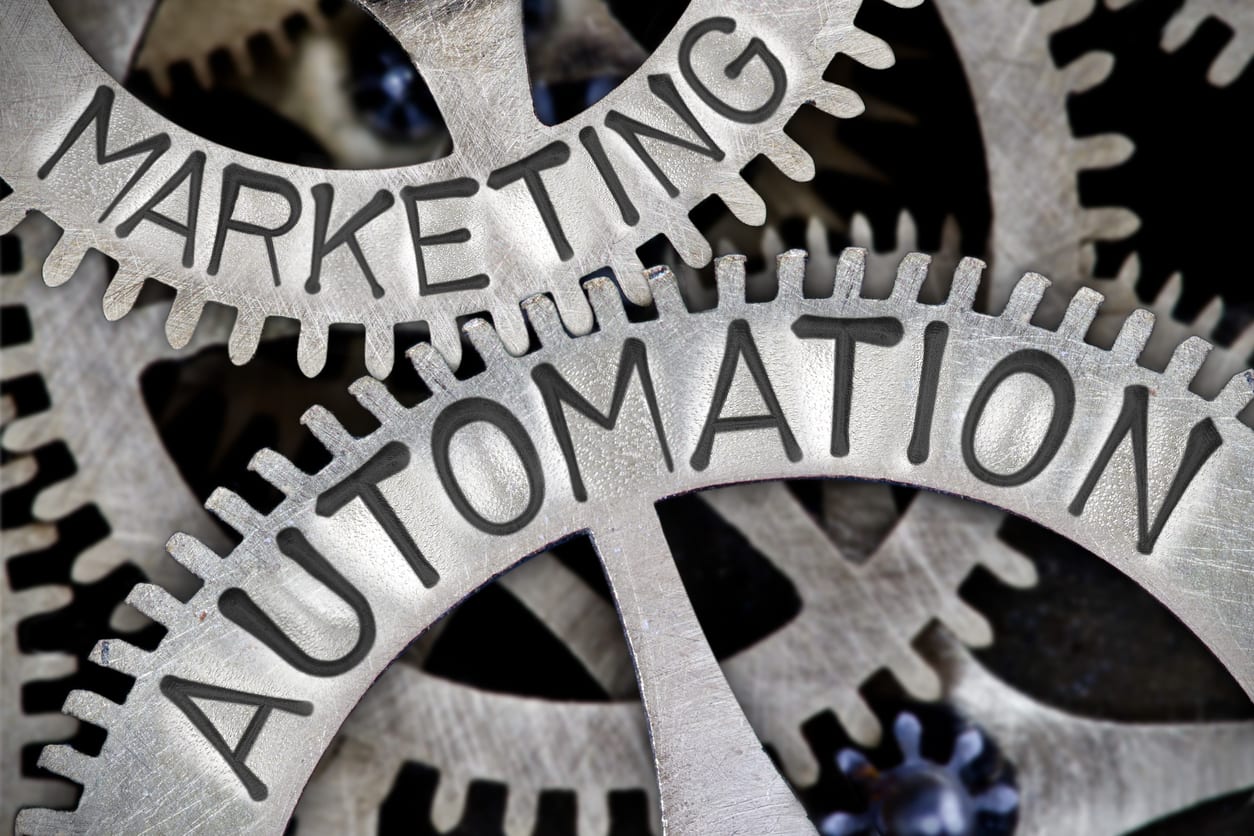
The Impact of Digital Marketing Automation on Senior Living Communities
In the ever-evolving landscape of senior living, employing robust marketing strategies, including the use of marketing automation, is vital for standing out in a crowded marketplace. Therefore, it is crucial for operators to understand and integrate these technologies. This article will explore how automation and specific digital marketing strategies can optimize outreach and resident acquisition efforts.

The Role of Automation in Senior Living Marketing
Modern marketing automation provides a variety of tools designed to enhance efficiency and efficacy in reaching potential clients. Below are key areas where automation is proving indispensable in marketing for senior living:
- Email Marketing Campaigns: Automated email campaigns are a cornerstone of effective marketing for senior living. By using automation tools, facilities can send timely, relevant information tailored to the interests and needs of potential residents and their families. This could include updates about facility amenities, testimonials from current residents, or invitations to virtual tours and events. These campaigns help build a rapport by providing consistent, valuable content that assists families in making informed decisions about senior care options.
- Lead Management: The use of automation software in lead management allows senior living communities to capture and store detailed information about each prospect, from initial inquiry through to move-in. Automated systems can trigger follow-up tasks and send personalized emails based on prospect interactions. They can also score leads based on engagement, greatly increasing the efficiency of the sales process. This ensures that the community responds promptly and appropriately to each prospect, which is crucial for converting inquiries into residencies.
- Social Media Management: Social media is an invaluable tool for building community and engaging with potential residents and their families. Automation tools can schedule consistent content postings across various platforms like Facebook and Instagram. This ensures a steady stream of engaging material that highlights community events, resident stories, and useful information about living options. Additionally, these tools provide analytics that measure engagement rates. This enables communities to adjust their content strategy to better meet the needs and interests of their audience.
Integrating Advanced Digital Marketing Tactics
To further refine your marketing strategy, incorporating advanced digital marketing tactics for senior living communities can be a game-changer. These include:
- Targeted Ads: Targeted advertising employs sophisticated algorithms to display ads to specific demographics by analyzing their online behaviors and preferences. This approach ensures that marketing for senior living reaches those most likely to be interested in such services. For example, ads can be shown to adults searching for comfortable retirement options or those seeking amenities such as on-site medical care, thereby increasing the likelihood of capturing relevant leads.
- Content Marketing: Content marketing involves creating and disseminating articles, blogs, and videos that directly address the queries and challenges potential residents or their families may face when considering senior living options. This strategy not only informs them but also establishes the facility’s authority in the senior living sector. Effective content marketing can boost engagement by providing valuable insights and solutions, fostering trust between the community and prospective residents.
- SEO Strategies: Implementing SEO strategies enhances a website’s visibility on search engines like Google. This makes it easier for potential clients to find the website when they search for senior living options. This involves optimizing site structure, improving meta descriptions, and using relevant keywords throughout web content. An effectively optimized website attracts more organic traffic, which can lead to increased inquiries and higher occupancy rates for senior living facilities.

Crafting a Comprehensive Senior Living Marketing Plan
An effective senior living marketing plan is well-rounded and adaptive. Key components should include:
- Market Research: Market research is critical in grasping the dynamics of the local market and identifying the specific preferences and needs of your target audience. This research can include demographic studies to understand age distributions and economic factors. It can also include surveys to gauge service expectations. Additionally, research can include focus groups to test market reactions to potential new services or facilities.
- Competitive Analysis: Competitive analysis involves examining the strengths and weaknesses of competitors within the market to discover what they excel at and what gaps they leave open. This analysis helps your community identify unique selling propositions (USPs) that can differentiate your services from others. Whether it’s superior medical care, better amenities, or more inclusive community activities, understanding these elements can strategically position your facility in the market.
- Budgeting: Effective budgeting entails the strategic allocation of financial resources across various marketing channels to ensure the highest return on investment (ROI). This process involves prioritizing spending on high-impact marketing efforts, such as digital advertising and event marketing, and scaling back on less effective initiatives. Proper budget management ensures that every dollar spent contributes to achieving broader marketing objectives and financial stability.
Prioritizing Website Effectiveness
Your website serves as the central hub for your marketing efforts. Implementing essential website updates for senior living communities is critical for maintaining an edge. Updates to consider include:
- User Experience: Ensuring the site is easy to navigate and accessible, particularly for older adults or their caretakers who are not as tech-savvy.
- Mobile Optimization: With an increasing number of users accessing information via smartphones, a mobile-friendly design is indispensable.
- Content Refresh: Regular updates to blog posts, FAQs, and other resources to keep content relevant and engaging.
Taking the Next Step in Marketing for Senior Living
By integrating marketing automation tools, senior living facilities can not only streamline their marketing operations. They can also create more personalized, meaningful interactions with potential residents. These strategies ensure that your community remains competitive and appealing to those seeking a new home for themselves or their loved ones.
To explore how these strategies can be tailored to benefit your community, Contact Us for a free consultation.






 4.
4.  9.
9.  10.
10. 













